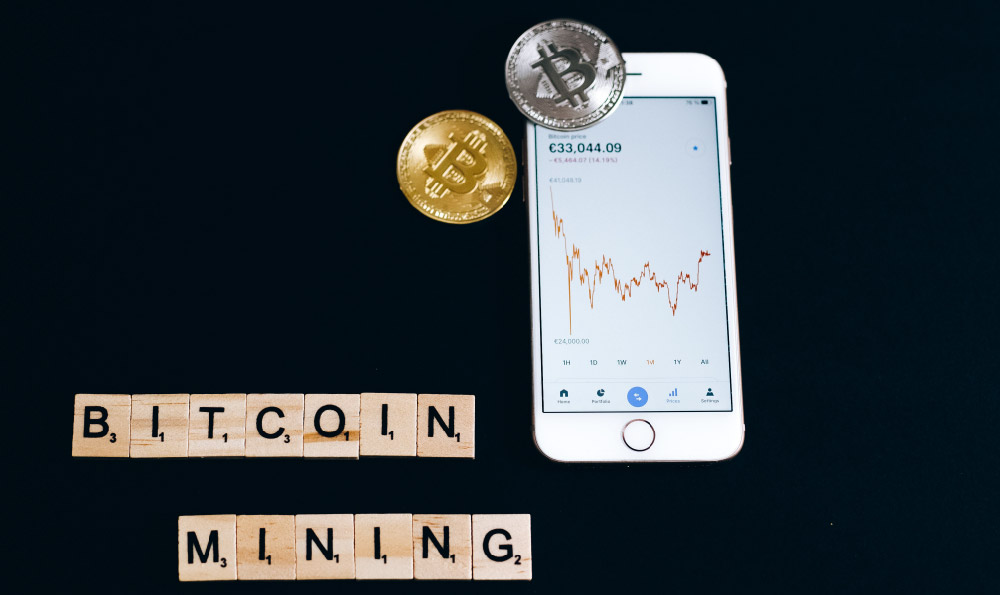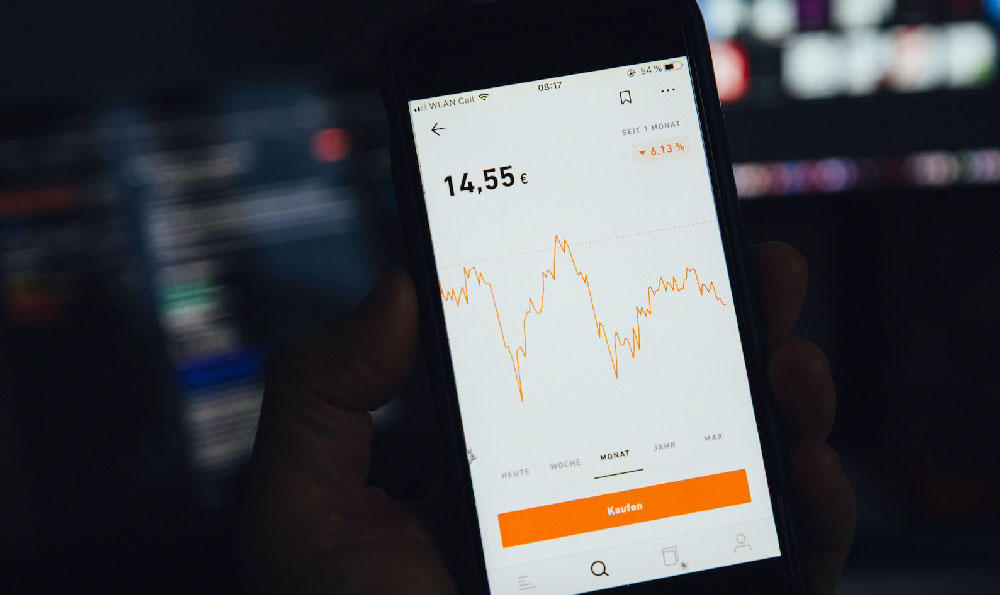Investment grade, in the realm of bonds and other debt instruments, represents a specific credit quality rating assigned by credit rating agencies like Standard & Poor's (S&P), Moody's, and Fitch Ratings. These agencies evaluate the creditworthiness of issuers, assessing their ability to repay their debt obligations promptly and fully. When a bond receives an investment grade rating, it signals to investors that the issuer is deemed to have a relatively low risk of default. Understanding what constitutes investment grade and appreciating its significance is crucial for anyone navigating the complex world of fixed income investments, including those venturing into crypto-backed bonds or considering the implications of sovereign debt on the broader cryptocurrency market.
The precise cut-off point for investment grade varies slightly depending on the rating agency. Generally, S&P and Fitch Ratings consider bonds rated BBB- or higher as investment grade. Moody's, on the other hand, uses Baa3 as its lower threshold. Any rating below these levels is considered "non-investment grade," often referred to as "high-yield" or, more colloquially, "junk" bonds. These distinctions are more than just arbitrary labels; they reflect a tangible difference in the perceived risk profile of the underlying debt.
The implications of a bond's investment grade status are far-reaching and impact a wide range of market participants. Institutional investors, such as pension funds, insurance companies, and endowments, often have strict mandates that limit or even prohibit investment in non-investment grade securities. This is because these institutions have a fiduciary duty to protect the assets entrusted to them, and non-investment grade bonds are deemed to carry an unacceptably high level of risk. Therefore, the demand for investment grade bonds is significantly higher, leading to greater liquidity and generally lower yields compared to their riskier counterparts.

For individual investors, understanding investment grade is equally important. While individual investors have more flexibility in their investment choices compared to large institutions, the risk of default remains a primary concern. Investing in investment grade bonds offers a degree of protection against potential losses, as the likelihood of the issuer defaulting on its debt obligations is statistically lower. However, it is essential to remember that even investment grade bonds are not entirely risk-free. Economic downturns, industry-specific challenges, or unforeseen circumstances can all negatively impact an issuer's financial health and lead to a downgrade in its credit rating, potentially resulting in losses for bondholders.
The significance of investment grade extends beyond individual bonds to encompass entire markets. Sovereign debt, which refers to bonds issued by national governments, plays a crucial role in global financial stability. When a country's sovereign debt is rated investment grade, it signals confidence in the government's ability to manage its finances and repay its debts. This, in turn, can attract foreign investment, boost economic growth, and stabilize the country's currency. Conversely, a downgrade to non-investment grade can trigger capital flight, currency depreciation, and economic instability.
The cryptocurrency market, while seemingly distinct from traditional fixed income markets, is not entirely immune to the influence of investment grade ratings. As the crypto industry matures, we are seeing the emergence of crypto-backed bonds and other debt instruments. The creditworthiness of the entities issuing these instruments becomes a critical factor in their appeal to investors. If a crypto-backed bond were to receive an investment grade rating from a reputable agency, it could significantly broaden its appeal to institutional investors who are currently hesitant to invest in the relatively unregulated crypto space. This could inject significant capital into the crypto market and further legitimize the asset class.
Moreover, the economic health of countries that are actively involved in the cryptocurrency market can indirectly influence the value of cryptocurrencies. If a country with a large cryptocurrency adoption rate experiences a sovereign debt downgrade, it could trigger a flight to safety, potentially leading investors to sell off their crypto holdings and seek refuge in more stable assets. Therefore, even for crypto investors, understanding the credit ratings of sovereign entities is important for assessing the overall risk environment.
It is crucial to approach credit ratings with a critical mindset. Credit rating agencies are not infallible, and their ratings are based on their assessment of available information at a particular point in time. Economic conditions can change rapidly, and unforeseen events can impact an issuer's creditworthiness. The 2008 financial crisis served as a stark reminder of the limitations of credit rating agencies and the potential for conflicts of interest to influence their ratings. It is essential to conduct thorough due diligence and not rely solely on credit ratings when making investment decisions. Diversification, a thorough understanding of the issuer's financial statements, and a keen awareness of macroeconomic trends are all essential components of a sound investment strategy.
In conclusion, investment grade is a critical concept in the world of fixed income investing. It signifies a relatively low risk of default and plays a significant role in shaping market dynamics. While investment grade bonds offer a degree of protection against potential losses, they are not entirely risk-free. Understanding the limitations of credit rating agencies and conducting thorough due diligence are essential for making informed investment decisions. As the cryptocurrency market continues to evolve, the principles of creditworthiness and the significance of investment grade ratings will become increasingly relevant, influencing the development of crypto-backed debt instruments and the overall stability of the crypto ecosystem. A prudent investor will always prioritize risk management and seek to understand the creditworthiness of any entity they are entrusting with their capital, regardless of the asset class.












